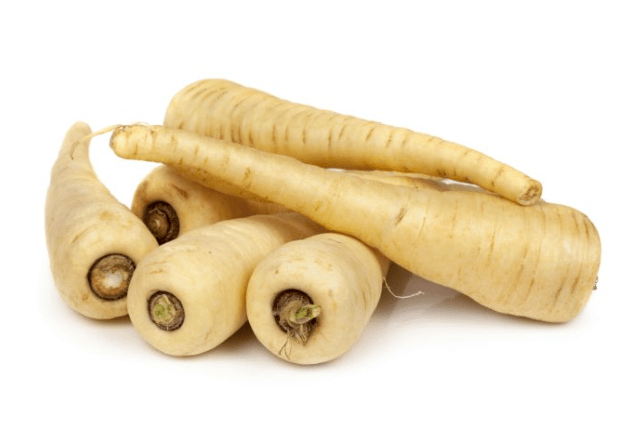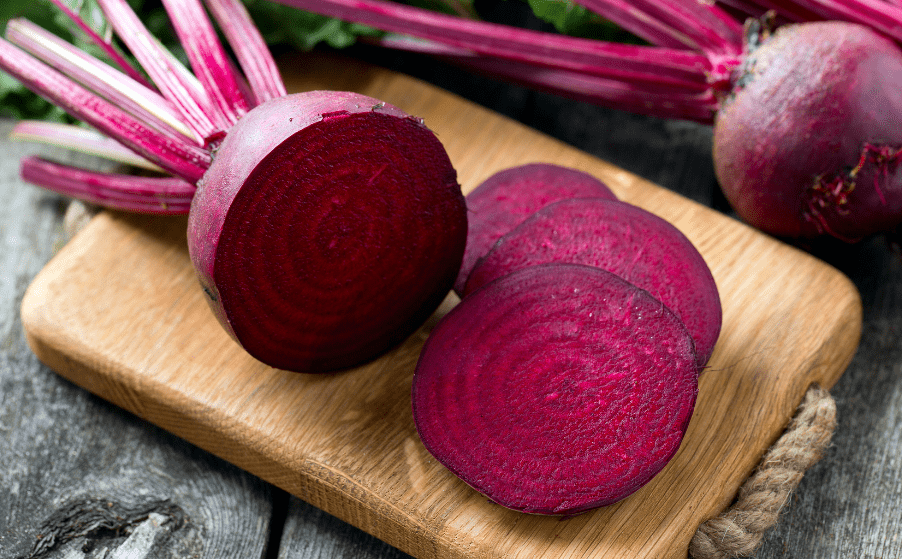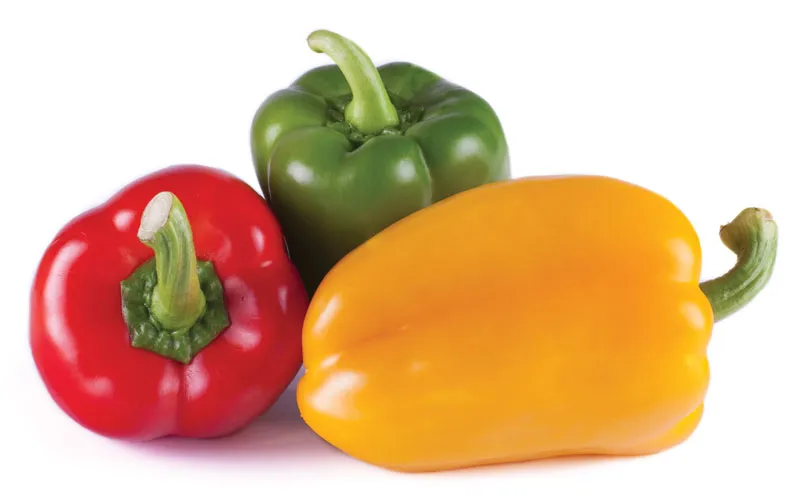
Description
The plants are thinned to stand 5 to 7 cm apart in the row after the parsnip seed is thinly spread in rows around half a meter apart in the spring. The majority of the root’s solids near the end of summer are made of starch, but during a period of low temperature, most of the starch is converted to sugar. The root is resilient and is unaffected by the hard freezing soil’s.
Varieties
Here are various parsnip varieties:
All American has a small core and is extremely delicious and fine-grained.
“Hollow Crown” has homogeneous roots with minimal side roots and a light honey flavor.
Early in the season, the “Harris Model” shows up and has sensitive flesh.
A canker-resistant cultivar with particularly thick roots is called “Gladiator.”

Uses
White fleshy root that is edible and has a unique flavor. It often comes as a cooked vegetable and has a sweet flavor.
Nutrition
100 g of parsnip typically contains 314 kJ of dietary energy. About 80% of the water, 0.3% fat, 5% sugar, 1% protein, and 5% dietary fiber in most parsnip cultivars. With 375 mg of potassium per 100 g, the parsnip is exceptionally rich in vitamins and minerals
Cultivation
Parsnips prefer a site that is open, sunny, and has good, light soil that is quick to drain. The best soil is one which has been developed the season before with well-rotted manure or garden compost.
Table





